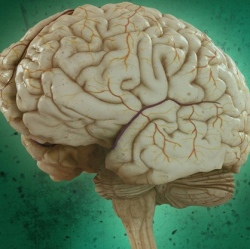
Scientists at VTT Technical Research Centre in Finland have developed new software called PredictAD that could significantly boost the early diagnosis of Alzheimer’s disease.
The comparative software contrasts patient’s measurements with those of other patients kept in large databases, then visualizes the status of the patient with an index and graphics.
The support system and imaging methods were developed by VTT and Imperial College London.
The researchers used material compiled in the U.S. by the Alzheimer’s Disease Neuroimaging Initiative based on the records of 288 patients with memory problems. Nearly half of them, or 140 individuals, were diagnosed with Alzheimer’s disease on average 21 months after the initial measurements, which is about the same as the current European average of 20 months.
The researchers concluded that half of the patients could have been diagnosed with the disease around a year earlier, or nine months after the initial measurements. They say the accuracy of the predictions was comparable to clinical diagnosis.
There are several advantages of an early diagnosis of Alzheimer’s. It can delay institutionalization and slow down the progress of the disease. It is also advantageous from the clinical trials perspective because if patients caught early can be included in the trials, treatment is likely to be more effective.
Working towards the same goal, researchers at Lancaster University in the U.K. recently developed an eye test method to detect early signs of Alzheimer’s.
